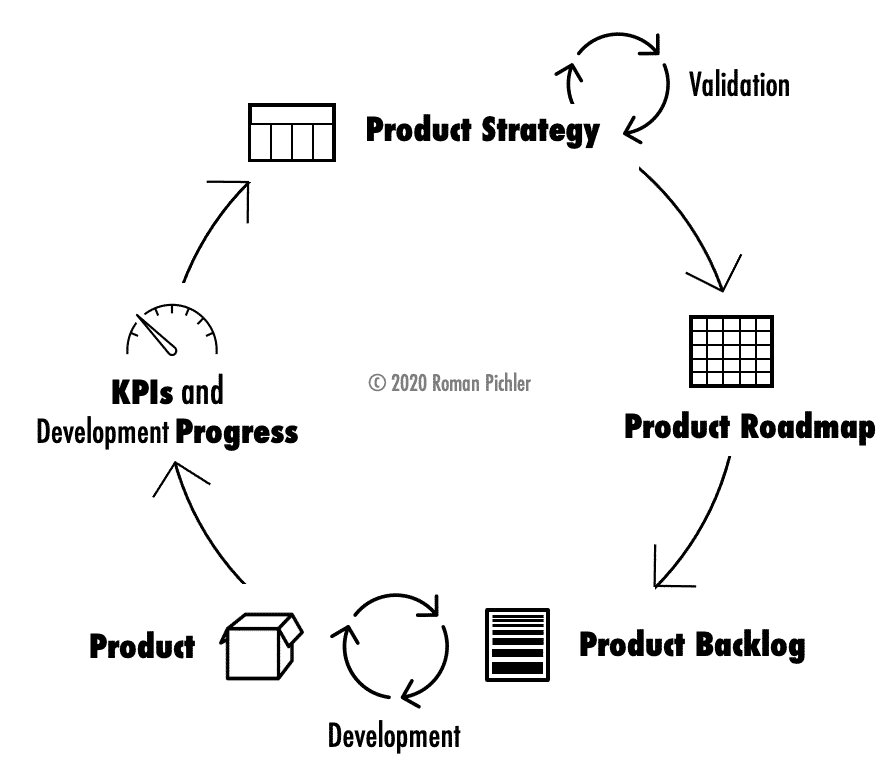[For Product Leaders] Advanced Strategy Frameworks
Not only make a strategy, measure it and track execution in order to win. Taking inspiration from The Strategy Diamond framework by Professor Robert Burgelman - we deep-dive into what matters.
Welcome to an advanced product strategy deep-dive for business and product leaders who care to win in the market. This is one of the most detailed deep-dives yet on product strategy here on Productify.
Here’s the breakdown of today’s issue:
(🎁: For Free Subscribers,🔒: For Paid Subscribers)
🎁Recap: The well-known product strategy frameworks for Product Managers
For Product Leaders:
🔒Advanced Method of Strategy Formation: Strategy, Market Positioning and Capabilities
🔒Advanced Method of Strategy Execution: Internal Culture, allocation and tracking strategic actions
🔒Strategic Diamond Framework (Robert Burgelman, Robert Siegel): Minimum Winning Strategy (MWS)
🔒Test your strategy: Points System
🔒Applying Strategy Diamond Framework on high-tech companies
To unlock all sections above, and to also find out other benefits:
Recap: Well-known Product Strategy Frameworks
Before we introduce some advanced ways of thinking about forming strategy and then tracking execution of strategy with help from Strategy Diamond Framework, let us first recap some well-known strategy frameworks by the likes of Melissa Perri, Gibson Biddle and more. (This recap is inspired from full product strategy frameworks case study published in April,2022. You can find all references and links there)
Melissa Perri: Product Strategy Canvas
An organization cannot possibly meet its Vision and the related Objectives in one go, but can iterate and move forward. The big benefit of Melissa Perri’s strategy canvas is that it very clearly maps the ‘Challenge/Objective’ to ‘Vision’. ‘Challenge’ is a high level Objective that is required to be achieved in order to move closer to making Vision a reality. Then, Target Condition and Current State could be one or many smaller Objectives (more tactical) that need to be continuously reached in order to meet the bigger objective (Challenge).
Gibson Biddle’s Essays on Product Strategy
One of my personal favorites because Gibson takes you through the process of how he implemented strategy at Netflix while explaining the approach in his famous essays. Read a short <5 min summary on my X/Twitter Thread from Feb,2022. What I like about his essays is that he links strategy to metrics to tactics in a single view.
Roman Pichler’s Strategy Cycle
Strategy cannot be static and Roman Pichler does a great job of presenting product strategy as an evolving piece.
At the center of this approach is the fact that Strategy needs to be constantly measured and corrected. This can be done through use of KPIs and then they can be reviewed to know what to change in the product roadmap or product strategy. ange them as appropriate.
Reforge: Strategy Stack
Strategy Stack does a great job of summarizing the positioning of Product Strategy compared to company’s strategy and mission. It defines it as a link between what’s above it (Mission and Company Strategy) and what’s below it (Roadmap and Goals). The sandwich without this layer of ‘product strategy’ is an unappetizing one.
Advanced Methods of Strategy Formation
There are three parts to strategy formulation inspired from Professor Robert Burgelman’s 40+ years of business strategy research at Stanford:
i) Business Strategy to win (Define, Goals, Track)
ii) Source of Competitive Advantage (Product-Market Positioning)
iii) Capability Map of Company (Managerial, Admin, Technical and Commercial)
Let us go into each of these one-by-one and see how we can create a strategy by simply solving for above three:








